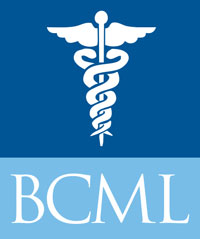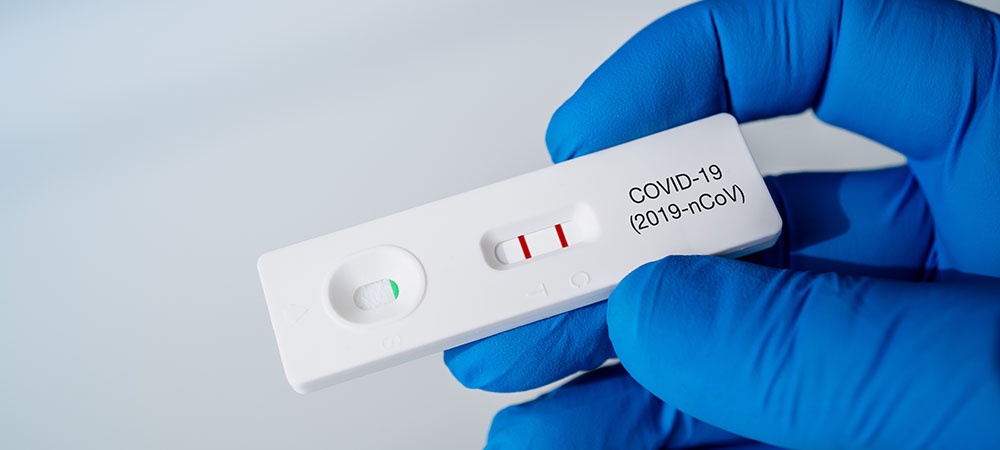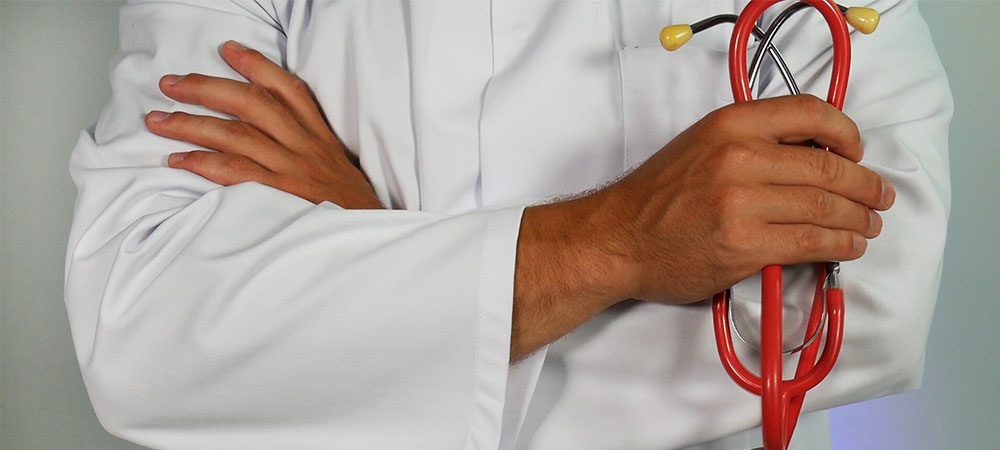Toronto’s Bay College Walk-In Clinic is now offering COVID-19 vaccines, boosters and rapid tests in addition to other common immunizations such as the flu shot and tetanus shot. Located in the heart of downtown Toronto, BCML proudly provides convenient, affordable non-emergency and preventative care.
Here we will look at everything you need to know about scheduling your COVID-19 vaccine at BCML in Toronto.
How Do I Schedule a COVID-19 Vaccine Appointment?
Bay College Walk-In Clinic offers two simple ways to make COVID vaccine appointments.
Call for Vaccine Appointments: 416-929-1900
Make an Appointment Online: Make an Appointment
Why Do I Need an Appointment for the COVID Vaccine?
Availability: Vaccines are subject to availability so an appointment ensures your vaccine will be ready when you arrive.
Wait Times: Making an appointment also ensures you will not have a long wait when you arrive for your vaccine.
Social Distancing: Additionally, scheduled appointments help us to minimize the number of people at the clinic at one time. While precautions are being taken and some restrictions may be relaxed, it is still advisable to keep crowds to a minimum and to practice safe social distancing.
Is the COVID-19 Vaccine Free?
Yes, both the vaccine and booster shots are free to anyone over the age of five.
Who Should Get the COVID-19 Booster?
Currently, it is recommended a fourth dose be administered to people over the age of 50. Additionally, persons of any age who are immunocompromised are also eligible for a fourth dose. This includes individuals who have had organ transplants, are being treated for cancer, or have any condition that suppresses or compromises their immune system.
Other more common conditions can also increase the risk of experiencing more severe COVID symptoms. These conditions include hypertension, obesity, and diabetes. Anyone with these conditions is also advised to receive a fourth shot / second booster.
Note, those who initially received the Janssen (Johnson & Johnson) vaccine and then later received a dose of Pfizer or Moderna, are also eligible for a booster. This booster will be a third shot instead of a fourth.
When Can I Get a Fourth COVID-19 Shot?
It is recommended that a second booster, or fourth shot, be administered at least four months after your first booster shot. This fourth shot will either be Pfizer or Moderna, not Janssen.
What are the Symptoms After the Second Booster?
Symptoms will vary from person to person the same way they vary after each dose of vaccine or when the virus is contracted. Redness and soreness at the injection site is one of the most common symptoms. Additionally, some people experience fatigue, headache, chills, and fever. For most, these symptoms begin within a day and also fade within a day or two after the onset.
Is the Second Booster Effective Against New Variants?
With new variants developing it is unclear what level of protection existing vaccines will provide. However, receiving your recommended vaccines and boosters can help your body prepare for known variants.
Moreover, there is no evidence that a second booster is harmful or reduces immunity. Therefore, it remains a recommended measure for anyone who is eligible.
Who Can Get the COVID-19 Test?
BCML is now offering rapid testing for asymptomatic individuals. Whether you are concerned that you may have the virus without symptoms or you require a test for travel purposes, we make it easy to get tested and stay safe.
How to Make an Appointment for a COVID-19 Rapid Test
Rapid tests are by appointment only and can be scheduled through the same methods as the vaccine and boosters.
Call for Rapid Test Appointments: 416-929-1900
Make an Appointment Online: Make an Appointment
Note: Please, select the option “Rapid Test” in the dropdown menu as your reason for your visit.
How Much Does COVID-19 Testing Cost?
Unlike the vaccine and boosters, there is a $40 charge for the test. This helps cover the costs of the test and processing.
If you are concerned about the cost and/or you are unsure if you need a test, make sure to confirm your testing requirements before booking an appointment. Depending on the type of travel you are doing and where you are traveling to can affect when the test must be administered.
Additionally, you will need to look into the protocol in the event that you test positive. Due to these variations, it is important that you have the correct information before testing.
How Long Does it Take to Get the Results of the COVID-19 Rapid Test?
As the name implies, the results are quite rapid and should only take a few minutes. Though there is an increased chance of false results, frequent rapid testing has been shown to be more beneficial than infrequent polymerase chain reaction (PCR) testing.
PCR testing is more accurate but can take up to three days for results. In many cases, this extra wait time can result in additional spread especially if the person does not have symptoms.
What Vaccines Can I Get from a Walk-In Clinic?
Along with the Covid-19 vaccine and boosters, you can also receive a range of other common vaccines at Bay College Walk-In Clinic. This includes the flu vaccine and DTaP vaccine for tetanus.
While many vaccines are available year round, some may be in shorter supply or have higher volume during certain times of the year. For example, the flu vaccine is more readily on hand in the fall and winter months.
Therefore, we ask you to make an appointment before coming in for any vaccine and calling ahead to ensure the vaccine you need is available.
Schedule Your COVID-19 Vaccine, Booster or Rapid Test
BCML is here to help get and keep you healthy. Along with scheduled vaccines, we also offer walk-in treatment for non-emergency conditions. Additionally, our clinic also provides diagnostic testing and imaging, dental care, physical therapy, and prescriptions at our on site pharmacy.
To schedule an appointment for your vaccine or to explore any of our other care services, call us at 416-929-1900 or Make an Appointment online.





























